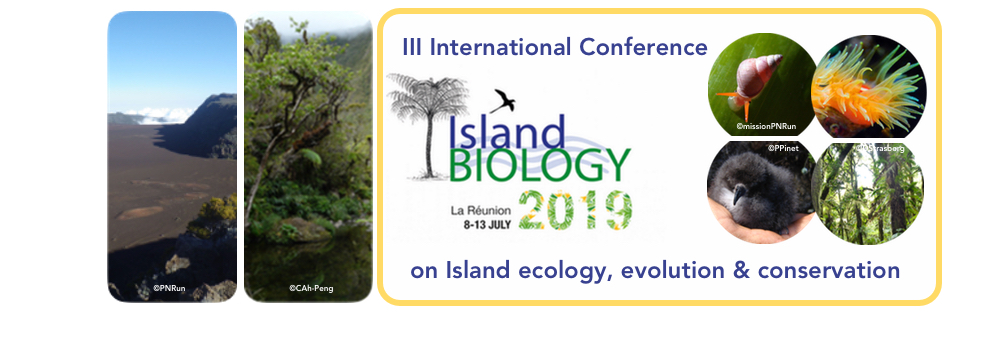Understanding the ecological dynamics of adaptive radiation is a key step toward identifying the nature and timing of the evolutionary processes behind such striking systems. The adaptive radiation of Hawaiian Tetragnatha spiders presents an ideal study system for exploring these dynamics: with ca. 50 species displaying a wide range of morphological and ecological traits, many of these species co-occurring with one another, this group offers an exceptional opportunity to explore niche ecology in an evolutionary context. Moreover, Hawaii's geologic age structure, from oldest in the northwest to youngest in the southeast, enables inferences on past processes based on present-day patterns in younger habitats. We characterize trophic niche dynamics within the Hawaiian Tetragnatha radiation along a temporal gradient (chronosequence) across the islands of Hawaii, Maui and Oahu. Using molecular gut content metabarcoding, we identify the diets of 23 different species belonging to two clades, which correspond to fundamentally different hunting strategies: web building versus active hunting. We measure the extent to which dietary repertoires overlap on each of the islands, thereby testing how trophic niche dynamics change along the chronosequence. Based on taxonomic classifications of prey to both order and operational taxonomic unit (OTU) levels, we uncover a complex pattern of dietary niche relationships among Tetragnatha species over time. As expected, the two hunting strategies are associated with significantly different diets, a pattern which is especially apparent at the ordinal level of prey. Notably, we also find an apparent decrease in dietary overlap as island age increases, suggesting that the degree of dietary niche partitioning may increase with evolutionary time in this group. Our results largely match expectations based on theory, which predicts that species in younger communities should exhibit high niche overlap while those in older communities show pronounced niche differences.

|
|
|
|
Niches in time: Molecular gut content analysis reveals changing ecological relationships among Hawaiian Tetragnatha spiders along a chronosequence
1 : Biodiversity and Biocomplexity Unit, Okinawa Institute of Science and Technology
1919-1 Tancha, Onna-son, Kunigami-gun Okinawa, 904-0495 -
Japan
2 : Environmental Science, Policy & Management, University of California [Berkeley]
Berkeley, CA, 94720 -
United States
3 : Department of Biogeography, Universität Trier
Universitätsring 15D-54296 Trier -
Germany
4 : Biological Sciences, Universidad de los Andes [Bogota]
Cra 1 Nº 18A - 12 Bogotá - 111711 -
Colombia
|
| Online user: 59 | RSS Feed |

|
 PDF version
PDF version